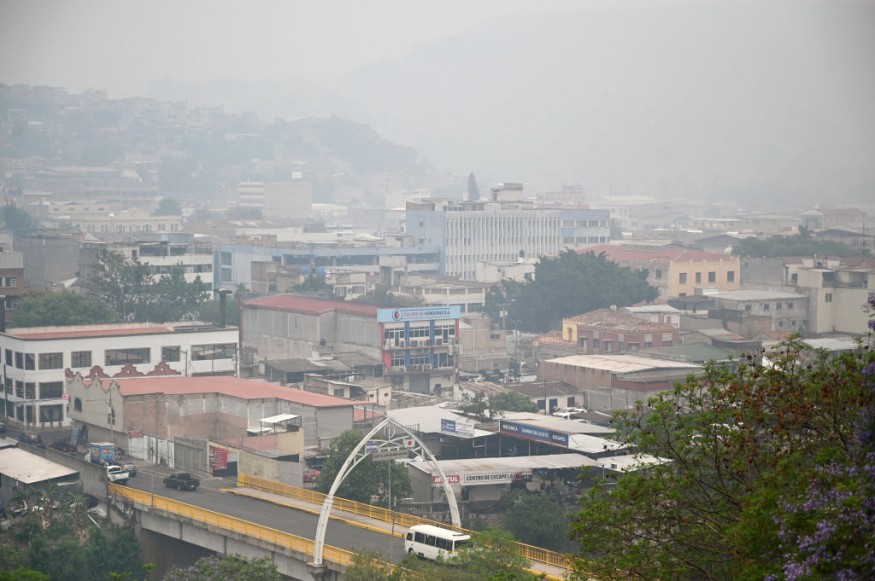
The second-largest city in Honduras, San Pedro Sula, has the worst air quality in the whole continent of America.
The city in Central America has air quality that is over 50 times worse than what is recommended by the World Health Organization (WHO).
Dangerous Level
The air quality in the metropolis of nearly a million people has reached "dangerous" levels, according to IQAir, a Swiss organization that monitors air quality and gathers data from more than 30,000 monitoring stations worldwide.
According to IQAir, this week's PM2.5 levels-dangerous air particles with a diameter of less than 2.5 micrometers-reached 249.1 mcg/m³. According to standards from the World Health Organization, annual mean concentrations shouldn't be higher than 5 mcg/m³.
Because of the hazards to public health, Honduran officials have increased the threat level to the highest in the majority of the country's departments and encouraged citizens to stay indoors and close their windows to prevent exposure to contaminated air.
Public and private schools have been temporarily closed, according to Education Secretary Daniel Sponda, because of a "risk to the physical integrity of the educational community."
The number of patients with respiratory illnesses has increased by 20%, according to the health secretariat.
"We have seen a steep increase in respiratory emergencies, especially within vulnerable populations, such as children and senior citizens," said Dr. Cristobal Bustamante, the national director of the emergency medical unit of the Honduran Permanent Contingency Commission.
He added that the high level of air pollution can cause irritation, inflammation, cell damage, and the exacerbation of pre-existing respiratory conditions, among other effects on the respiratory system.
Due to excessive air pollution, numerous flights scheduled to land in San Pedro Sula over the past two days were forced to divert to neighboring nations because the pilots could not see the runways. Since then, several Honduran airports have been forced to close.
El Niño And Forest Fire
El Niño's strong temperature surges have harmed "the dry corridor," which runs through Nicaragua, Honduras, El Salvador, and Guatemala, and are to blame for the air pollution.
El Niño causes droughts by raising temperatures and reducing rainfall, particularly in the dry corridor. Experts warn that El Niño will reach extreme levels this year, putting more people at risk than ever before, and that over 3.4 million people in Central America need humanitarian help.
Honduras is seeing a major increase in wildfires as a result of the country's dry climate and extreme temperatures. According to data from the Forest Conservation Institute of Honduras, 2,598 fires in 2024 destroyed 211,292 hectares (5.2 million acres) of the nation.
Known as "the lungs of Tegucigalpa," La Tigra National Park was nearly totally devastated by fire at the end of March, which had a serious impact on the delicate ecosystem around the city.
"This contamination is linked to the gradual effects of climate change coupled with El Niño, which has caused the conditions for wildfires and droughts," said Juan José Reyes, the head of Copeco's early warning system.
He added that if Honduras does not alter its environmental policies, the event might become commonplace and endanger millions of people throughout Central America.
Related Article : China's Air Clears as Nitrogen Oxides Emissions Fall: A Positive Environmental Shift Despite Fossil Fuel Use
© 2025 NatureWorldNews.com All rights reserved. Do not reproduce without permission.





